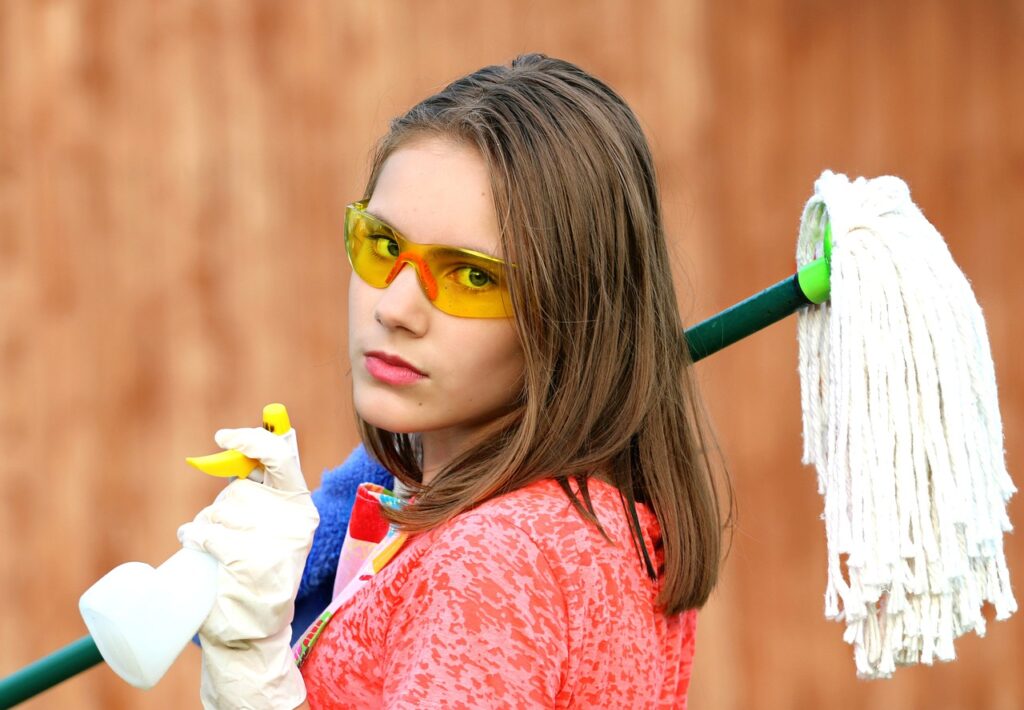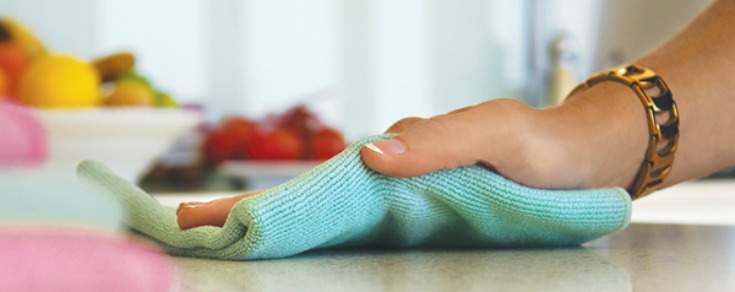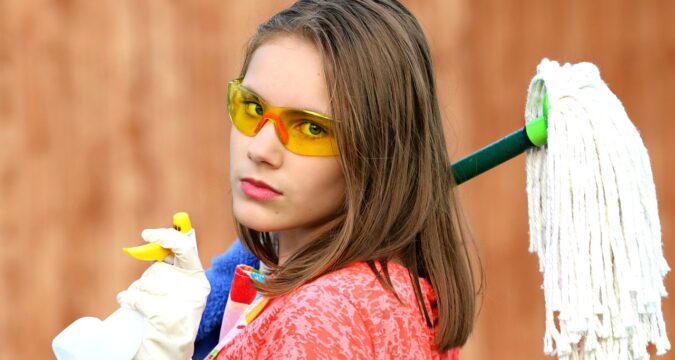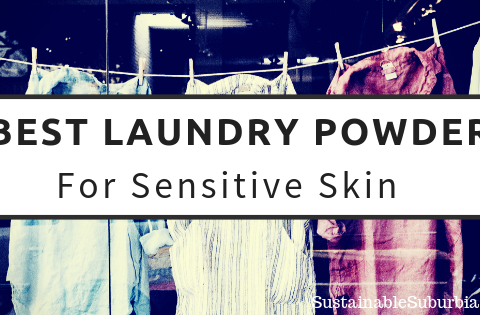Last updated on January 31st, 2023 at 03:58 pm
This week I have a guest post for you about the what, why and how or switching to environmentally and health friendly cleaning choices.
Green cleaning is is an idea that any eco-conscious consumer would be aware of by now. Not only do chemical cleaning products affect the environment and the planet’s wildlife, but they also have a direct impact on us.
It is not just our responsibility to switch to green cleaning products, but offices, schools, retail stores and all manner of business should be made aware and pushed to change.
While it’s all well and good to talk about green cleaning, there are plenty of people out there who don’t know exactly what it is, why it is important and what is the truth behind all those rumours?
Read on to discover the full reason we believe that everybody should be making the switch to green cleaning at home and work.
How Do Chemical Cleaners Affect Us?
You probably know the importance of properly rinsing away those cleaning chemicals after use, especially in food preparation areas or surfaces children and pets come in contact with.
After all, those toxic substances could cause irritation, internal problems and in the worst-case scenario, even death!

This is why we get peace of mind rinsing these products down the drain and away from our loved ones. But where do these chemicals go after you’ve flushed them?
Their first destination is water waste plants. These businesses make every effort to remove these chemicals from the supply. Unfortunately, this is a tricky process and only a fraction of toxins are properly disposed of.
This means chemical cleaners are released into our waters, home to all forms of marine life. These creatures then spend their lives surrounded by and consuming our cleaning products.
This means when you next sit down to your favourite seafood dinner, you could be unknowingly consuming wildlife containing chemicals.
There are even more dangers of cleaning chemicals for those who suffer from breathing-related conditions, such as asthma.
Monoethanolamine is a common ingredient in laundry detergents and other household cleaners. What you may not know is that this can cause inflammation of the lungs and bring on asthma attacks.
Aerosols also impact us on a much larger scale. Hydrocarbons and compressed gasses have been proven to cause damage to the ozone layer, which in turn contributes to climate change.
Green Cleaning Myths Debunked
As a relatively new way of cleaning, some members of the public can be hesitant to make the switch to green cleaning.
Misinformation, rumours and lack of knowledge can be key factors for people to refuse to change their cleaning routines.
Chemical cleaners already do a great job for the purpose they are intended and surely anything natural and kinder to the environment couldn’t stand up to the task?
Green cleaning products work just as well as their chemical counterparts. You may indeed need to use more of the products itself, teamed with a little more elbow grease but it’s worth it to achieve great results without destroying our ecosystem.
Green cleaners don’t have that ‘fresh’ smell we are used to so they must be inadequate? Chemical cleaner manufacturers deliberately add these scents to their products. It covers up any nasty fumes while giving you the perception that these cleaners are working harder.
These nice smells add nothing to the ability of a product and are just another unnecessary chemical added.
It’s not just about making your home look nice, cleaning plays a vital role in keeping bacteria and viruses at bay. Did you know that household vinegar has regularly been used to kill household germs? (Though keep in mind it is not considered sufficient to disinfect coronavirus) Or that a Norwex envirocloth can remove 99% of bacteria from surfaces, with just water?

You may have already made the switch to green cleaning products and ditched the common bleach and disinfectant. That’s great!
However, green cleaning isn’t just about the solutions you use, it encompasses so much more. Paper towels, disposable wipes (even if biodegradable) and sponges all contribute to waste as well as carbon emissions during the production process (not to mention transport and packaging).
Switch these for reusable alternatives that can be washed multiple times. When purchasing your consumable products, try to reuse the plastic bottle and buy reduced plastic packaging to refill.
Chemical cleaners are highly corrosive so their packaging needs to be able to withstand these substances. Their bottles are typically made of thicker types of plastic that may not be recyclable and due to the content, it isn’t advised to rinse out and reuse at home.
The Cost of Green Cleaning Products
While it is true that natural cleaners are typically more costly to purchase, you can easily save cash yourself by using at-home recipes. Additionally, in some cases, such as Norwex or Enjo products, while the up-front cost may be more, the long term cost is so much less, due to the products lasting much longer, and typically replacing multiple “traditional” cleaning products.
Laundry detergents are a huge contributor to chemicals in our water supplies. Now with the introduction of laundry pods encased in plastic, microplastics are ending up down our drains daily.
To avoid this, you can make your own laundry powder or liquid detergent, or use a safer, filler free alternative laundry detergent.
An effective glass cleaner is the easier cleaner to achieve, this is just ¼ cup white wine vinegar* and 4 cups of warm water, place them in a reusable spray bottle and grab your reusable cloths for a streak-free shine. Or, try this for your glass!
Soap scum and limescale can be a particular nightmare but there’s a green solution too. ½ cup of vinegar,* ¼ bicarbonate of soda and 2 litres of water will leave your bathroom shining and smelling fresh. Try it with the Norwex scrub cloth for greater effect (or try the scrub cloth with just water). If that doesn’t work, try the Norwex descaler.* Note: you may need to try any of these solutions more than once, if you have significant build up.
Next time you’re in the grocery store and looking for a new cleaning product, why not make a conscious effort to scrutinise the ingredients. The more we purchase natural products, the more demand will grow. Together, we can put pressure on manufacturers to rethink their ingredients.
*NB Don’t use vinegar, citric acid, Norwex descaler or any other descaler on natural stone tiles or benches, eg marble, slate, granite. While you want to remove the calcium build up, you don’t want to remove it from your stone!
Stephen Hooley is the Marketing Manager for GCC Facilities Management. GCC Facilities Management provides the full range of facilities management services so you need not look anywhere else to meet your requirements. No client is too big or small. They are a privately owned company, established in 1975, committed to achieving the major recognised accreditations in their industry.



